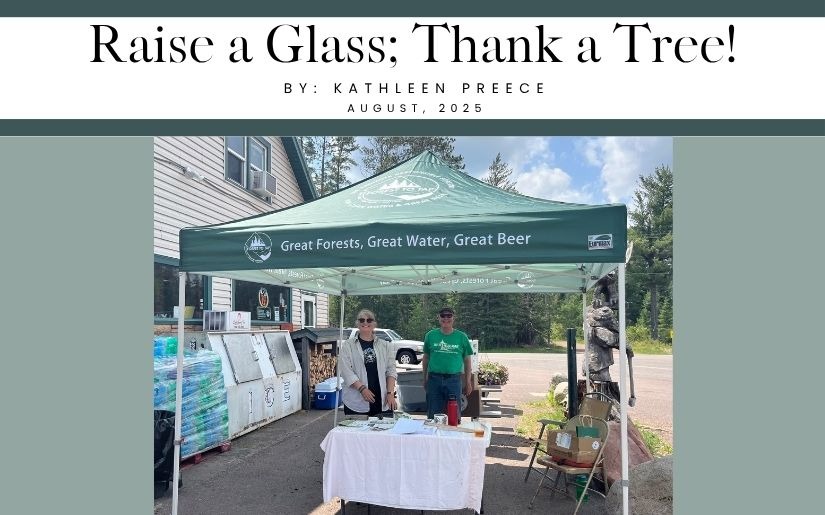A number of human health and environmental concerns, but at least it's maintenance free, isn't it?
You’ve seen the ads. “Maintenance-free,” “virtually maintenance-free,” “no hassle,” “durable,” “never needs painting.” These are the words that helped propel vinyl siding to a leading 37 percent share of the U.S. house siding market in 2002. These words have also helped make the case that vinyl siding is a “green” building product and responsible material because it is durable, has a long life span, and doesn’t require additional inputs or have the environmental impacts of maintenance. So how accurate is this description of vinyl siding? Is vinyl siding really “maintenance free”?
A recent study of the environmental and health impacts of vinyl products manufacture, use, and disposal was commissioned by the U.S. Green Buildings Council (USGBC). The authors of the final 205-page document (Altshuler et al. 2007) conclude that the health-related impacts of vinyl siding are the worst of all competing products. The same study, however, indicates that environmental impacts of vinyl siding are comparable to or better than potential substitutes. The latter conclusion is interesting since earlier comparative studies of siding products have identified vinyl as clearly among the worst alternatives from an environmental point of view. The difference between earlier studies and the USGBC effort is that maintenance was considered in the latter study, whereas previous work included only product manufacture and installation; in the USGBC study all siding products, except for vinyl, were assumed to require maintenance, including periodic painting. The USGBC study specifically assumed that vinyl siding is “maintenance free.” Is this an accurate assumption?
An interesting exercise for an otherwise dull evening is to type into a web browser the search string “painting vinyl siding.” What comes up are hundreds of pages of information on how to prepare vinyl siding for painting, cleaning products, power washing dos and don’ts, and which paint formulations to use. In addition, searching the web sites of paint manufacturers shows that all brands now include special formulations for painting vinyl siding. For at least one company, vinyl siding paint has been the fastest growing product line over the past decade.
In comparing building products that have a long track record of use with newer products, it has become common to base evaluations of the more recent product introductions on claims made in promotional literature. The problem, of course, is that promotional literature of any product almost always exaggerates positive attributes and downplays or ignores less flattering characteristics. Therefore, due diligence in independently determining attributes of recently-introduced products is essential. In this case, evidence pointing to the need for maintenance of vinyl siding is readily available and should be considered in product evaluation.
- Lead AuthorBowyer
- DateOctober 2007
- CategoryBuilding, Consumption, Environmental
- Project FileDownload

.png)
.png)



